Lightning strikes fry garage door photo eye
jdgt225innh
15 years ago
Related Stories
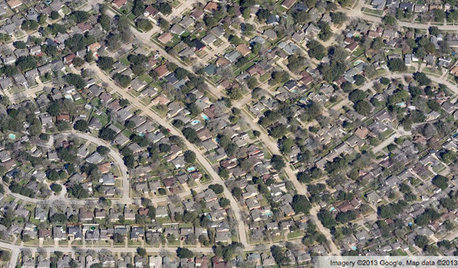
COMMUNITYGet a Bird's-Eye View of America's Housing Patterns
See the big picture of how suburban developments are changing the country's landscape, with aerial photos and ideas for the future
Full Story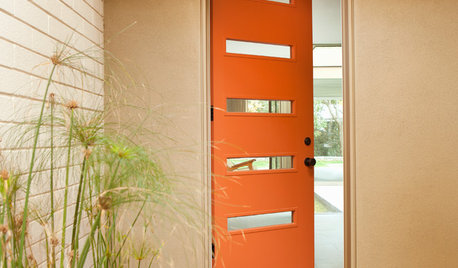
CURB APPEAL77 Front Doors to Welcome You Home
Crossing the threshold is an event with these doors in a gamut of styles
Full Story
KITCHEN DESIGNKitchen of the Week: Pushing Boundaries in a San Francisco Victorian
If the roll-up garage door doesn’t clue you in, the blue cabinets and oversize molding will: This kitchen is no ordinary Victorian galley
Full Story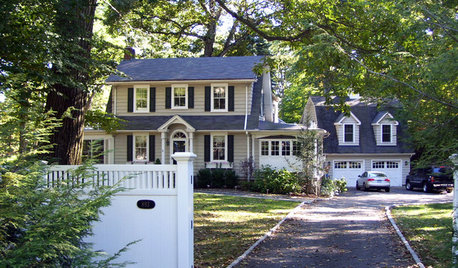
CURB APPEALNail Your Curb Appeal: Traditional Style
Timeless colors, a gussied-up garage and classic door jewelry combine for a good-looking exterior
Full Story
HOLIDAYS7 Ways to Shoot a Great Holiday Card Photo at Home
Make this year's holiday card stand out from the crowd with your home as the backdrop and these tips from the pros
Full Story
HOUZZ TOURSMy Houzz: Domesticating a Rugged Amsterdam Garage
Strong contrasts, myriad collections and vintage touches give a designer’s converted home in the Netherlands creative flair
Full Story
CURB APPEAL5 Bright Palettes for Front Doors
Splash bold green, blue, orange or red on your front door, then balance it with a more restrained hue on the rest of the house
Full Story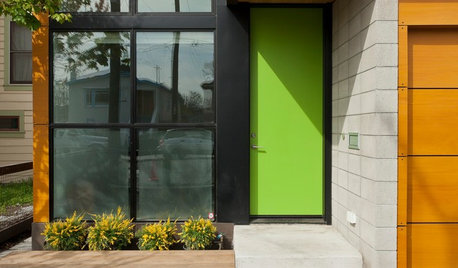
CURB APPEAL9 Daring Colors for Your Front Door
Stand out from the neighbors with a touch of neon green or a punch of hot pink
Full Story
MOST POPULAR11 Reasons to Paint Your Interior Doors Black
Brush on some ebony paint and turn a dull doorway into a model of drop-dead sophistication
Full Story
HOUSEKEEPING7-Day Plan: Get a Spotless, Beautifully Organized Garage
Stop fearing that dirty dumping ground and start using it as the streamlined garage you’ve been wanting
Full StoryMore Discussions






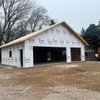


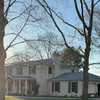
don_1_2006
brickeyee
Related Professionals
Mount Vernon Interior Designers & Decorators · Jacinto City Interior Designers & Decorators · Lake Elsinore Interior Designers & Decorators · Ogden Interior Designers & Decorators · Whitman Interior Designers & Decorators · Buena Park Cabinets & Cabinetry · Citrus Heights Cabinets & Cabinetry · Crestline Cabinets & Cabinetry · Los Altos Cabinets & Cabinetry · Mount Prospect Cabinets & Cabinetry · Potomac Cabinets & Cabinetry · Red Bank Cabinets & Cabinetry · Universal City Cabinets & Cabinetry · White Oak Cabinets & Cabinetry · University Park Cabinets & Cabinetrybrickeyee
pjb999
formlynn_aol_com
brickeyee